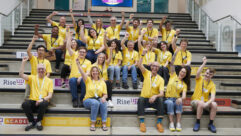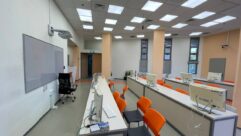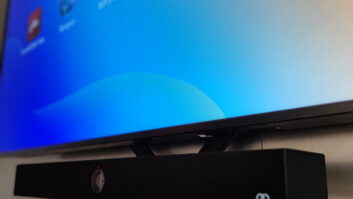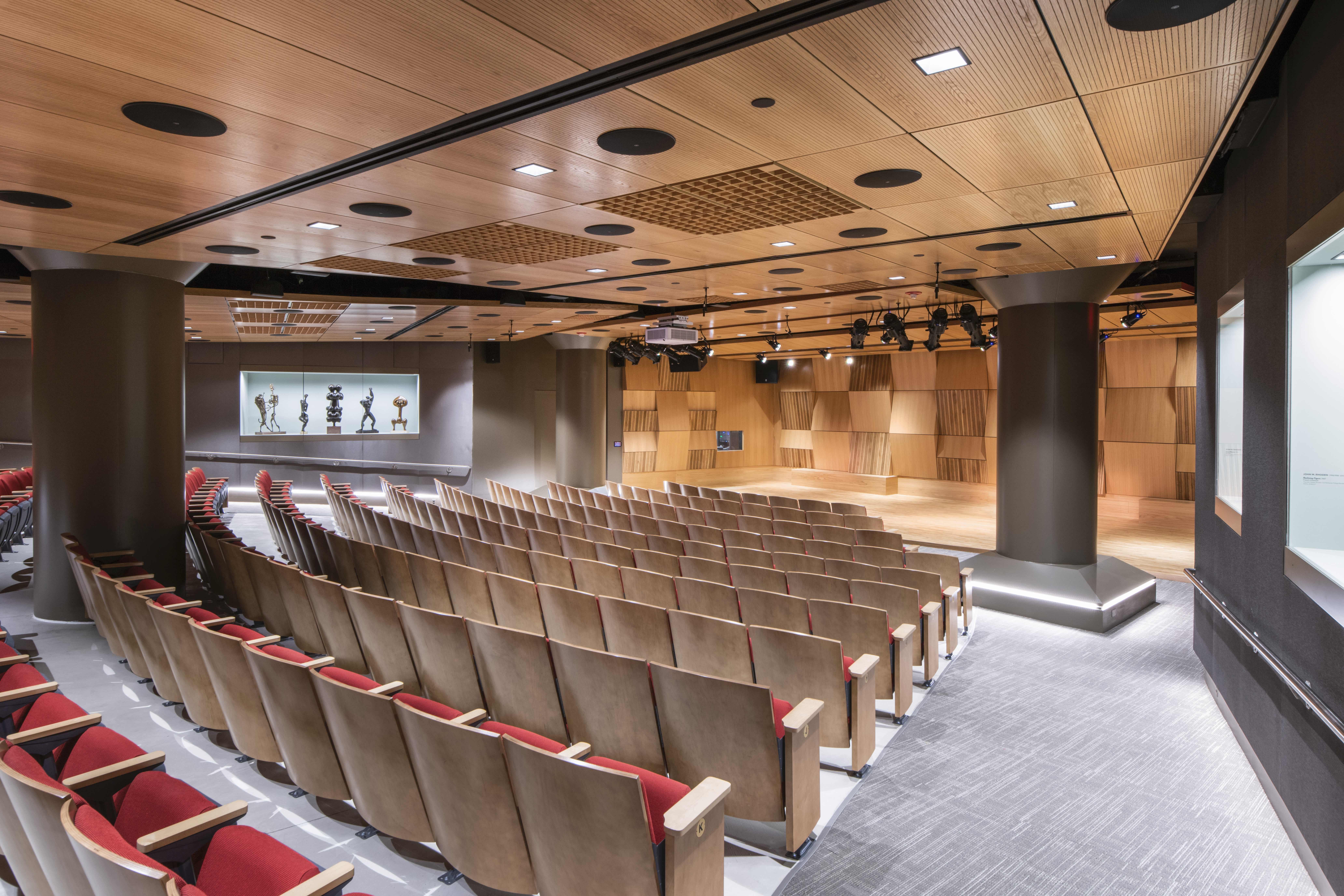
The Pennsylvania Academy of Fine Arts (PAFA) is showing great vision, having converted the basement of an automobile showroom into a world-class music production and performance space—with a little help from Yamaha and its Active Field Control (AFC) acoustic processing and conditioning technology.
PAFA is the oldest art school in America with a history dating back to the early 1800s. Instead of resting on that reputation, the events and facilities team is keeping the Philadelphia institution culturally current and technologically relevant for the future.
The Academy’s original home, the Historic Landmark Building, still houses most of PAFA’s museum exhibits and event spaces. Fifteen years ago, PAFA expanded by purchasing the nearby former site of the car factory and showroom for the Gomery-Schwartz Company, converting it to art galleries since the school’s mission is to be “one half Academy and one half museum,” according to David Gregory, Rhoden Arts Center Manager for PAFA.
In 2017, the school considered updating the auditorium in the original building to host musical performances, but the work required to overcome the facility’s age and outdated electrical infrastructure made that plan cost prohibitive.
However, the newer facility’s lower level, which up until three years ago was used only for storage, presented a more attractive option for a formal auditorium plus additional event spaces, art studios and galleries.
The first step was gutting the area for a total renovation. To create as much air space as possible, the team excavated down about three feet on the east (front) end of the room and raised the back (west) end by one foot. This created a sloped floor and a ceiling height of about nine feet in the back of the room, used for student galleries, and almost 12 feet in the front, where the auditorium is located.
“The new dimensions helped, but from a music reproduction standpoint, the space was still challenging,” said Ed Poletti, Director of Facilities Management, PAFA.
In addition to the different ceiling heights, installing ductwork in the area was problematic. “We couldn’t put ductwork through the gallery,” Poletti said, “so we had to go through the auditorium. Plus, with the more than 120 Yamaha speakers we were installing, we were putting a lot into a tight space.”
The solution was room conditioning technology, and the school’s architects and engineering consultants suggested two options: Meyer’s Constellation and Active Field Control, ultimately finding the Yamaha technology to be a better fit for the installation.
First released in 1985, Active Field Control systems augment the architectural design of a space while maintaining its natural sonic characteristics. The technology provides a cost-effective and flexible alternative to expensive and time-consuming physical renovations, enabling venue operators to create a range of sonic environments at the push of a button.
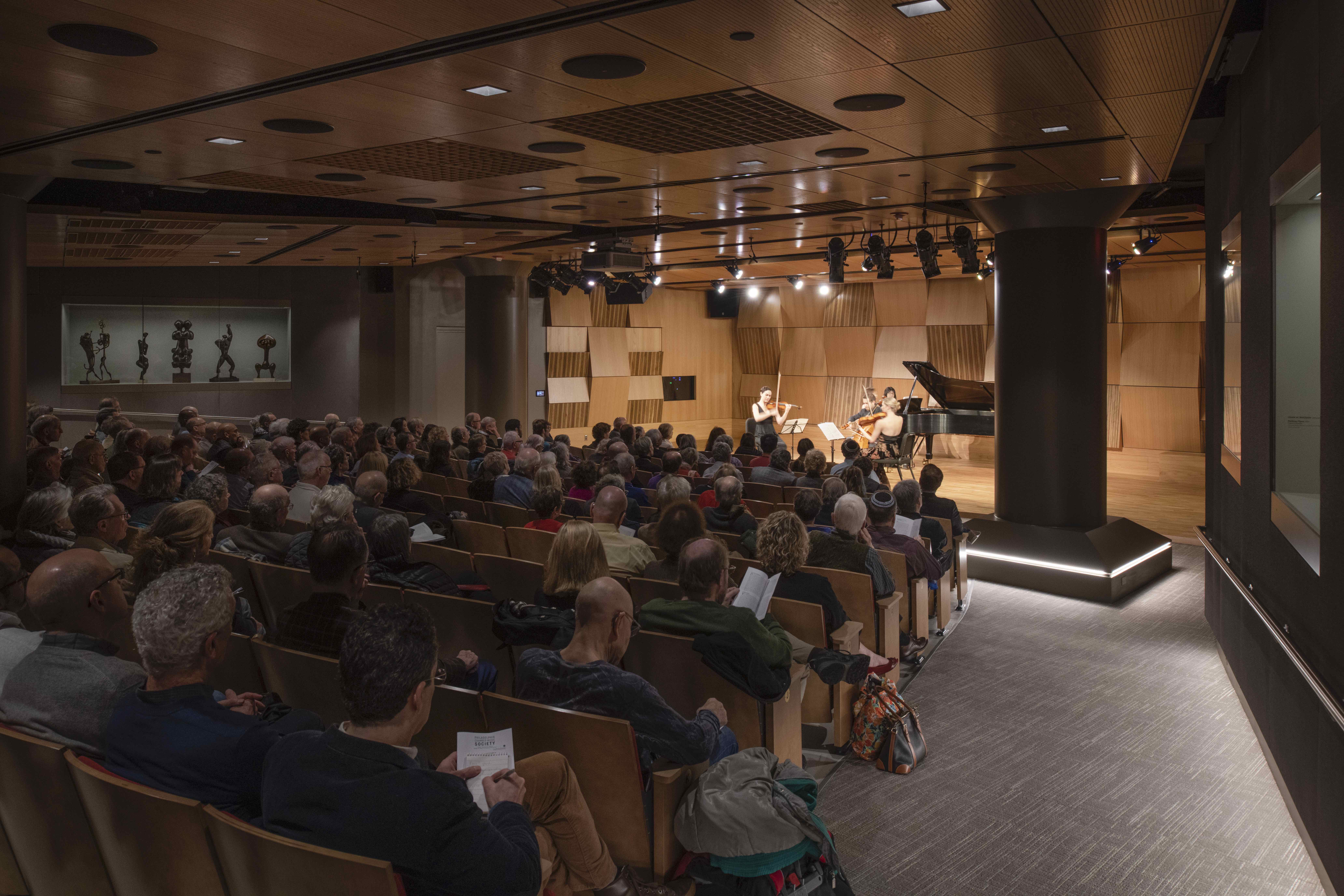
PAFA’s acoustics team worked closely with Yamaha engineers from the U.S. and Japan, and with system integrator IMS Technology Services, to design and configure the system before conducting a few test performances with its school partner, the Philadelphia Chamber Music Society (PCMS).
“Classical musicians have extremely high standards when it comes to natural acoustics and initially PCMS wasn’t completely satisfied with the acoustics here,” Gregory said. “But since we adjusted it based on their comments, the system has been pretty finite.”
The school’s close relationship with PCMS proved critical in refining the AFC system in the months following the installation. The group now uses the technology for every performance and they’ve continually given their input on what they want in a performance space.
PCMS was also adamant about not using microphones and the AFC system’s Voice Lift feature helped achieve that goal.
Voice Lift performs additional early reflections and raises the natural sound of a person on stage compared to the audience. As a result, performers or lecturers can be easily and clearly heard from the stage without using microphones or additional sound reinforcement.
The Voice Lift feature is also used for student presentations, museum tours and guest artist lectures.
PCMS and other acts performing at PAFA now appreciate the system’s diversity and ability to change sonic environments easily and quickly for each event.
“It’s not the biggest space, only seating 265,” Gregory said. “But PCMS wanted the option of changing the room’s sound to suit different performances. We’ve had other performances here, a dancer or an African drum ensemble, for example, and they’ve all taken advantage of the diverse AFC features.”
The AFC technology is run through an integrated Crestron system with touchscreen operation panels in the AV booth and in the auditorium, allowing a guest engineer to set the room without having to go into the booth.
“We wanted visiting engineers or PAFA staff to be able to turn on the system and easily choose their sonic preferences,” Gregory said. “We configured dedicated system zones so if an act doesn’t want as much stage show but they still want the early reflection or the ‘liveness’ feature, it’s there and ready to go. Having the flexibility to change the levels for early reflection, stage enhancement and reverb enhancement is really beneficial.”
Complementing the AFC technology is an all-Yamaha loudspeaker system, a mix of VXS and VXC ceiling- and surface-mount models, VXC8 models for stage enhancement, IL1115 low-range speakers for warmth enhancement and IF2108 speakers for early reflections. The main PA uses IF2112 loudspeakers from the Yamaha Installation Series hung left and right and a mix of VXC Series ceiling speakers are in the lobby and art gallery outside the auditorium.
The system is used with a Yamaha RI8-D 8-channel input rack and a Tio1608-D Dante-equipped I/O rack as a digital stage box with all signals run through a TF1 digital mixing console.
For Gregory and the PAFA events team, it comes down to always having the right sound for every event.
“With Yamaha Active Field Control,” he said, “this space can easily become, at a button push, a lecture hall, a full-on dancers’ hall or a concert venue. It can become different venues all through one system.”




